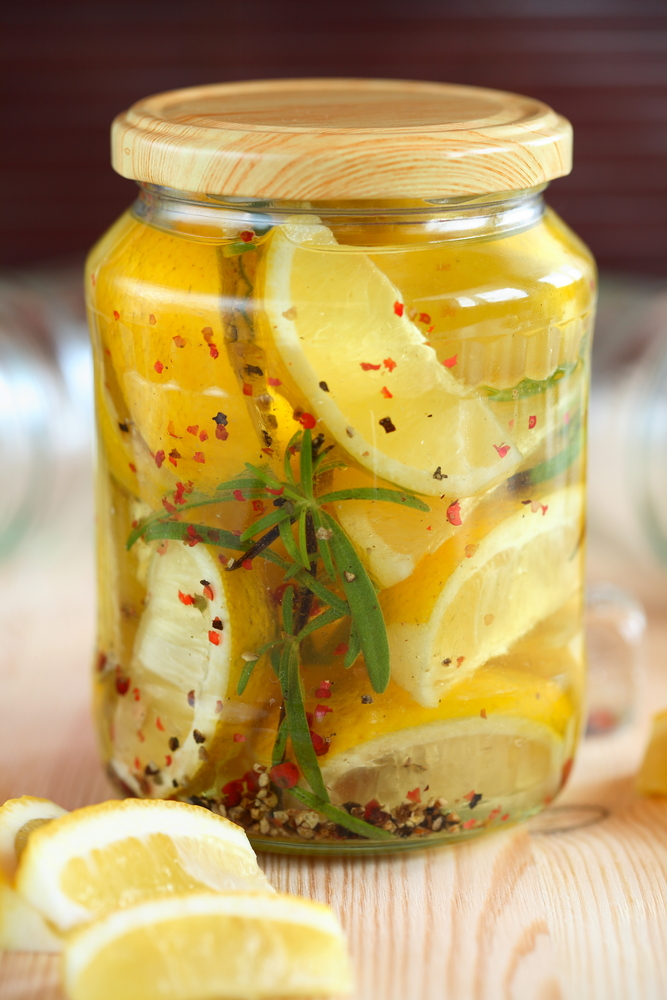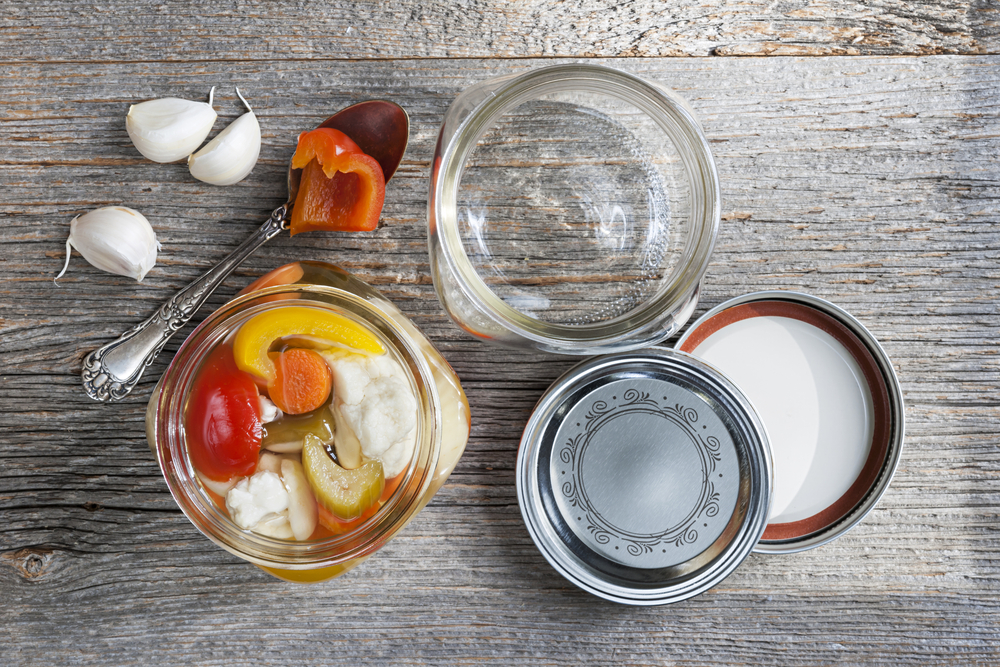From reducing waste to saving money, and having delicious produce all year round - there are many reasons to give home preserving or 'canning' a try...
Home preserving is such a great way to stretch seasonal yields into an entire year and even save money. You can buy produce seasonally while it's cheap and preserve while fresh, nutrient dense, and flavourful.
Preserving ensures that local or homegrown produce is still plentiful throughout the winter months. It also means avoiding preservatives, artificial colourings, flavour enhancers and other 'stuff' which just shouldn't be in your food (but often is when you buy it from the store.)
Preserving is especially common during the summer months, when we are blessed with an abundance of fruits and vegetables. However, there's no reason not to give it a try during colder months too!
Winter is a great time to preserve citrus fruits like lemons. Preserved lemons make the perfect accompaniment for Middle Eastern and Moroccan dishes. Other fruits like rhubarb could be great to experiment with making jams, or some in-season types of pears can be preserved as well.

Home preserving is not difficult, but depending on which kind of foods you choose to preserve - whether they are high-acid or low-acid - will determine whether you need special home preserving equipment.
In general high-acid foods use the 'boiling water bath' method for which you don't need any specialised equipment and the process is quite simple.
Green Living Australia has some very in-depth information about the different methods of home preserving, and also some great recipes, which I suggest you check out if you are going to give it a go.
Here are 7 reasons to start home preserving now...
1. Home preserving is almost zero-waste
You can reuse the same glass jars year after year. The only new item needed for health and safety reasons are new lids, since you must have a fresh, new seal in order to keep the food properly preserved.
2. A way to preserve the freshest local produce
Fruits and vegetables are always best when eaten in their proper season, and canning enables you to eat the foods you love all year round.
3. It allows you to keep additives out of your food
When you preserve food at home, you know exactly what's going into those jars. Most recipes require minimal ingredients – just fruit/vegetables, sugar, lemon for jams, vinegar, salt, and spices for pickling. So it is much healthier for you and your family.
4. Helps you to support local farmers and reduce food miles
Buying large baskets of produce directly from farmers is generally cheaper than the smaller quantities sold in stores. It's a way to support local farmers and reduce the total number of food miles your produce has travelled. Try farmers markets, or visit a 'pick-your-own' farm if there's one near you. Pickyourown.org is a good resource to find such farms.

5. It can save you a LOT of money
Buying fresh produce in bulk is cheaper, and another good money saving idea is to ask your local farmer if you can get cheaper 'seconds,' which are slightly bruised, damaged, or ugly produce. By reusing the same glass jars every year, you'll have minimal costs associated with preserving.
6. You'll have the perfect homemade gift on hand at all times
People love homemade preserves, jams, and pickles, which makes them the perfect gift for birthdays, weddings, or even Christmas. Homemade gifts are a great way to avoid overconsumption and the wasteful packaging associated with store-bought gifts. Plus, people will appreciate something homemade much more.
7. Home preserving is an age-old tradition
It's only in recent generations that people have become so dependent on a larger food system that home preserving has fallen to the wayside. For centuries, people had to preserve their own food out of necessity, and it's a satisfying skill that's worth continuing.
Do you have any home preserving tips? We'd love you to share them with us in the comments!
READ THESE NEXT:
How to grow your own lemon tree from seed
[Images: Shutterstock]


